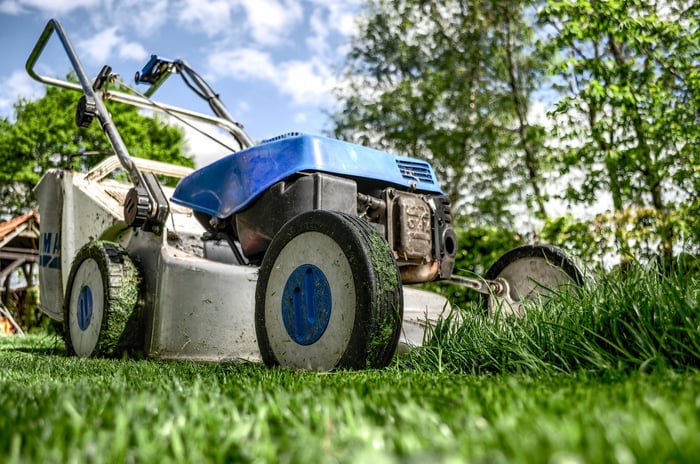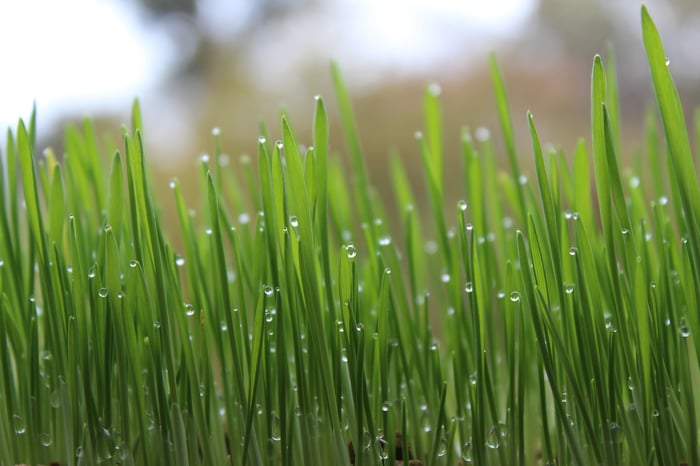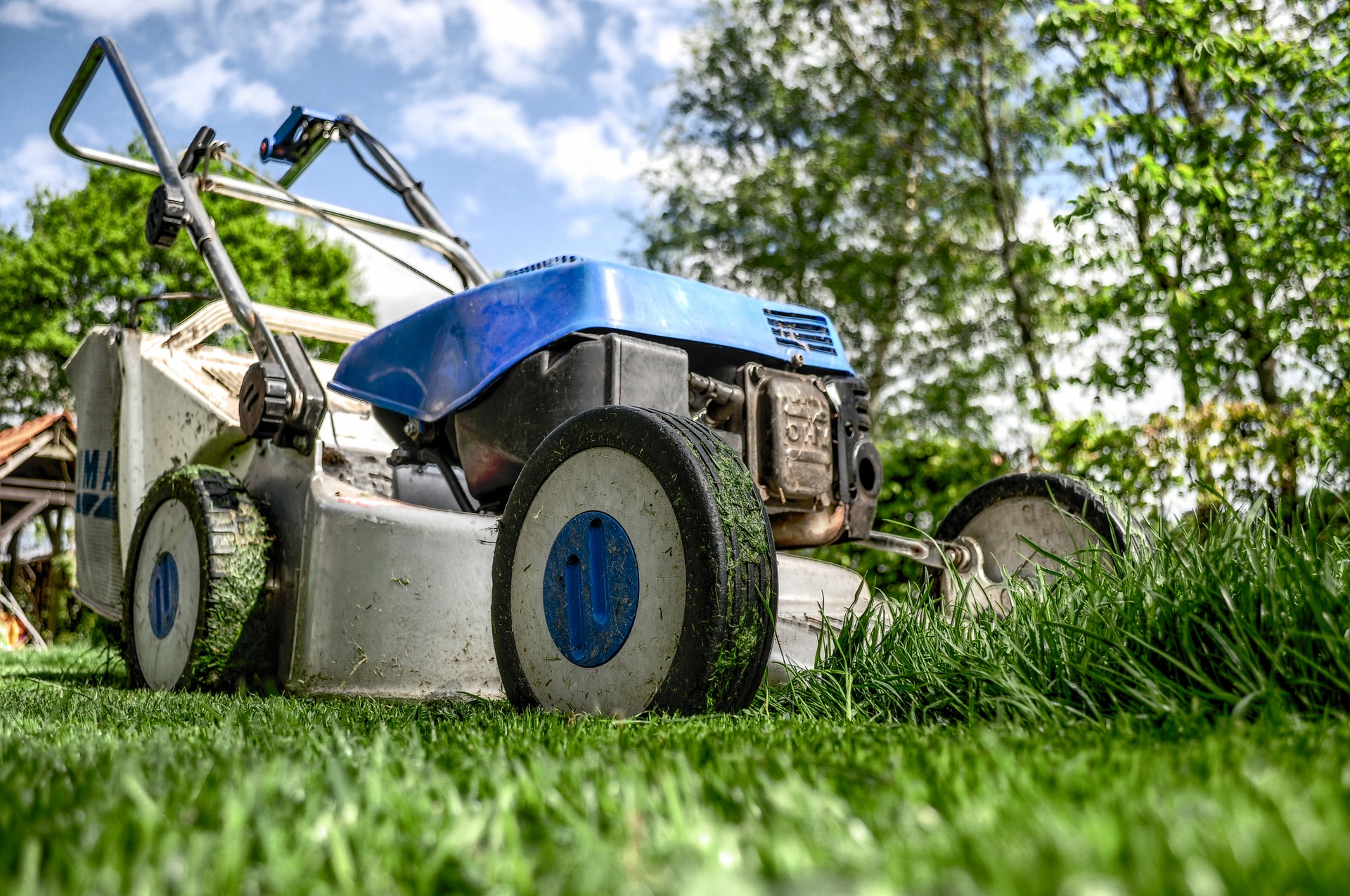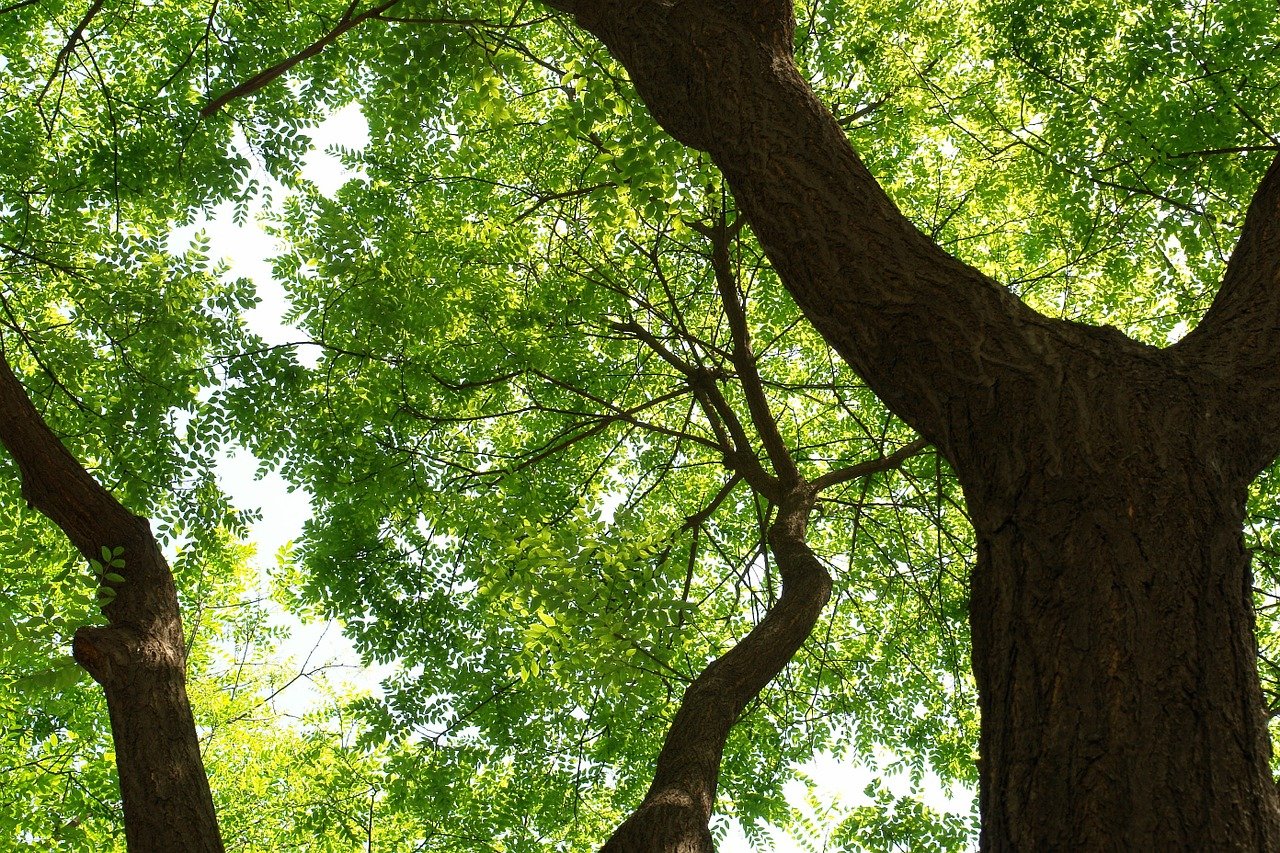It's inevitable. Every summer, the central Georgia heat and humidity promote out-of-control grass (and weed) growth. It really seems like an impossible task to keep your property looking well-maintained during the summer months. Even if you do manage to keep up with the growth, you still have to deal with the mountains of clippings that pile up and drift across your sidewalks and driveways. Plus, you often feel guilty about inflating your carbon footprint with all the constant mowing.
Thankfully, there is a solution that won’t harm the environment. Plant growth regulators (PGRs) have been an important part of the professional turf and sports industry for a long time. But in recent years, due to ongoing improvements in safety, performance and availability, PGRs are gaining popularity in commercial and residential landscape management.

What are Plant Growth Regulators and How do They Work?
Originally used on golf courses and along roadsides and runways, plant growth regulators suppress grass and weed growth. This lets you mow less frequently, which saves time and labor costs. It also cuts way down on those pesky clippings.
There are three classifications of PGRs, based on their mode-of-action:
Cell Division Inhibitors (also called Type I PGRs) - They are absorbed by the foliage and inhibit both vegetative growth and seedhead development. They work rapidly to inhibit growth within 10 days, lasting 3-4 weeks.
Gibberellin Biosynthesis Inhibitors (also called Type II PGRs) - Gibberellin is a plant-based hormone needed for cell elongation and normal growth and development. When gibberellin production is inhibited, plant cells do not elongate, internodes become shortened and overall plant growth is reduced.
Herbicides – Used at low rates, various herbicides will slow growth or seedhead development of turfgrasses.
There are now dozens of PGRs with a wide array of functions. Importantly, they do not interfere with plant respiration, photosynthesis, or other internal functions. Depending on your particular needs, we can suggest an appropriate PGR for your property and propose a plan for optimum results.

Reap the Benefits of Plant Growth Regulators in Your Landscaping
Here are five important benefits of PGRs:
- Slows grass growth – When applied properly PGRs will slow turfgrass growth by up to 50% for up to 4 weeks. This means less mowing and clippings – saving money and the environment and keeping your property looking neater throughout the summer.
- Improves grass health – PGRs help keep grass healthier and more resilient in summer by reserving energy in the roots instead of depleting it for top growth.
- Helps fill in bare spots – While slowing top growth, PGRs strengthen and encourage stolon growth. This helps the roots take hold, fill in bare spots, and crowd out weeds.
- Suppresses seedhead growth – Particularly useful to control Bahia grass [link to blog post] and prevent it from freely re-seeding itself in unwanted areas.
- Provides an environmentally-friendly and sustainable solution – PGRs are a non-toxic, biologic solution for curbing excessive plant growth. They promote an overall beneficial domino effect: slower growth = less mowing = fewer clippings = less landfill = lower costs = eco-friendly outcomes.
Try this Non-Traditional Landscaping Hack to Improve Your Property
Take advantage of plant growth regulators and all of their benefits starting this summer. At T. Lake, we believe your investment in the beauty and functionality of your grounds is worth maintaining. Contact us today for more information on how to integrate PGRs into your overall landscaping design, plans, and needs.
1 Oct 2024



